Red Coris Wrasse
$49.99
-
Select Variant
The Red Coris Wrasse is also known as Clown Wrasse, Red Labrid as well as Yellowtail Coris, can be located on virtually every reef within the Indo-Pacific and Hawaiian Region, and extends all the way to the Red Sea. Adults living in the wild may increase to the size of a foot however, in aquariums they are usually less than 6-8 inches. The appearance of adult and juvenile specimens differ greatly. When a young fish is in the picture you will see a body that is orange, with white stripes or spots on the back. The fins and stripes are drawn in black. As adults, the body gets an ethereal blue hue the fins are embellished with reds, yellows, and blues, while the face is colored in orange with green stripes. The male is characterized by an elongated green stripe across the body, which is just above the anal fin.
It needs a 125 gallon or bigger aquarium with sandy bottoms in which it can burrow to rest or sleep, or in case it's threatened. Don't try to keep your Red Coris Wrasse in crushed coral or other similar substrates since they have a very low survival rate on these substrates. If they are small, Red Coris can be kept with virtually every fish that doesn't consume them, however as they get bigger and become more destructive, they could be a problem. They shouldn't be kept in the same aquarium with invertebrates.
The diet of the Red Coris Wrasse should include vitamin-rich mysis shrimp that are frozen, vitamin-rich brine shrimp that are frozen, meaty foods, excellent sea flake, as well as marine pellets.
Approximate purchase size: Juvenile Small: 1" to 1-3/4"; Juvenile Medium: 1-3/4" to 2-1/4"; Juvenile Large: 2-1/4" to 3-1/2"; Adult: Small: 1-1/2" to 2-1/2"; Small/Medium: 2-1/2" to 3-1/2"; Medium: 3-1/2" to 4"; Medium/Large: 4" to 5"; Large: 5" to 6"; XLarge: 6" or larger
- Description
- Additional Information
- Reviews
Information about the Red Coris Wrasse
The Red coris Wrasse is found on nearly every reef in the Indo-Pacific, Hawaiian Region and extends all up to the Red Sea. Adults living in the wild could easily increase to the size of a foot but in aquariums, the size is usually 6-8 inches. The appearances of juvenile and adult specimens differ significantly. In the early years, you will see a body that is orange and white stripes or spots along the back. The fins and stripes are drawn in black. As adults, the body becomes speckled blue and the fins are adorned with reds, yellows, and blues, while the face is painted in orange with green stripes. Males have a light green stripe across the body, which is just over the anterior fin. This Red Coris Wrasse requires a large aquarium with a sandy bottom to rest or sleep, or in case it's in danger. Don't try to keep your Red Coris Wrasse in crushed coral or other similar substrates because they have a low survival rate on these substrates. If they are small, Red Coris is not a threat to virtually any fish that will not eat them. However, when they grow in size, they may become destructive. They shouldn't be kept in a tank with invertebrates.
size
Large, Medium, Small
Units
1
Weight
6 lbs
Dimensions
1 × 1 × 1 in

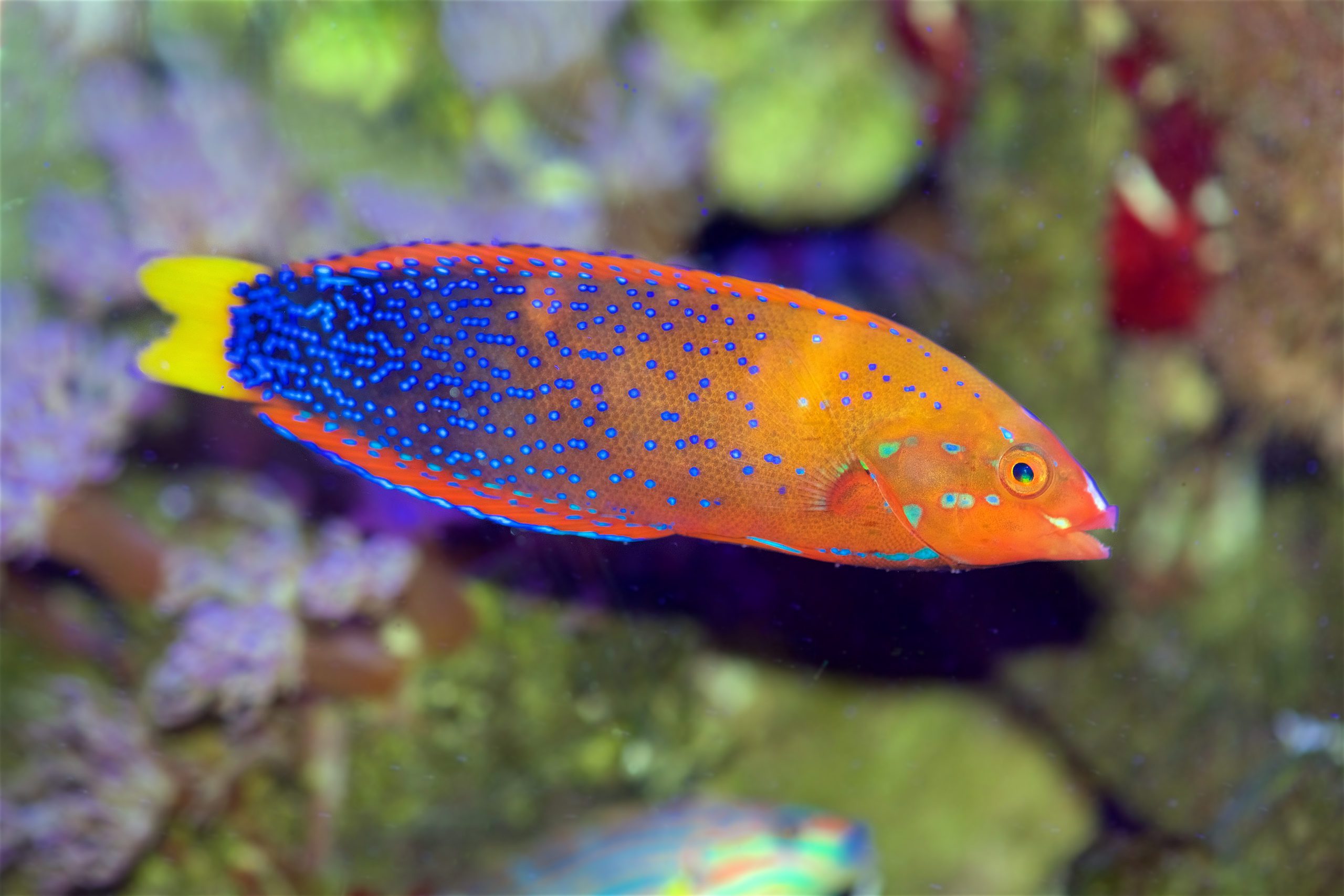
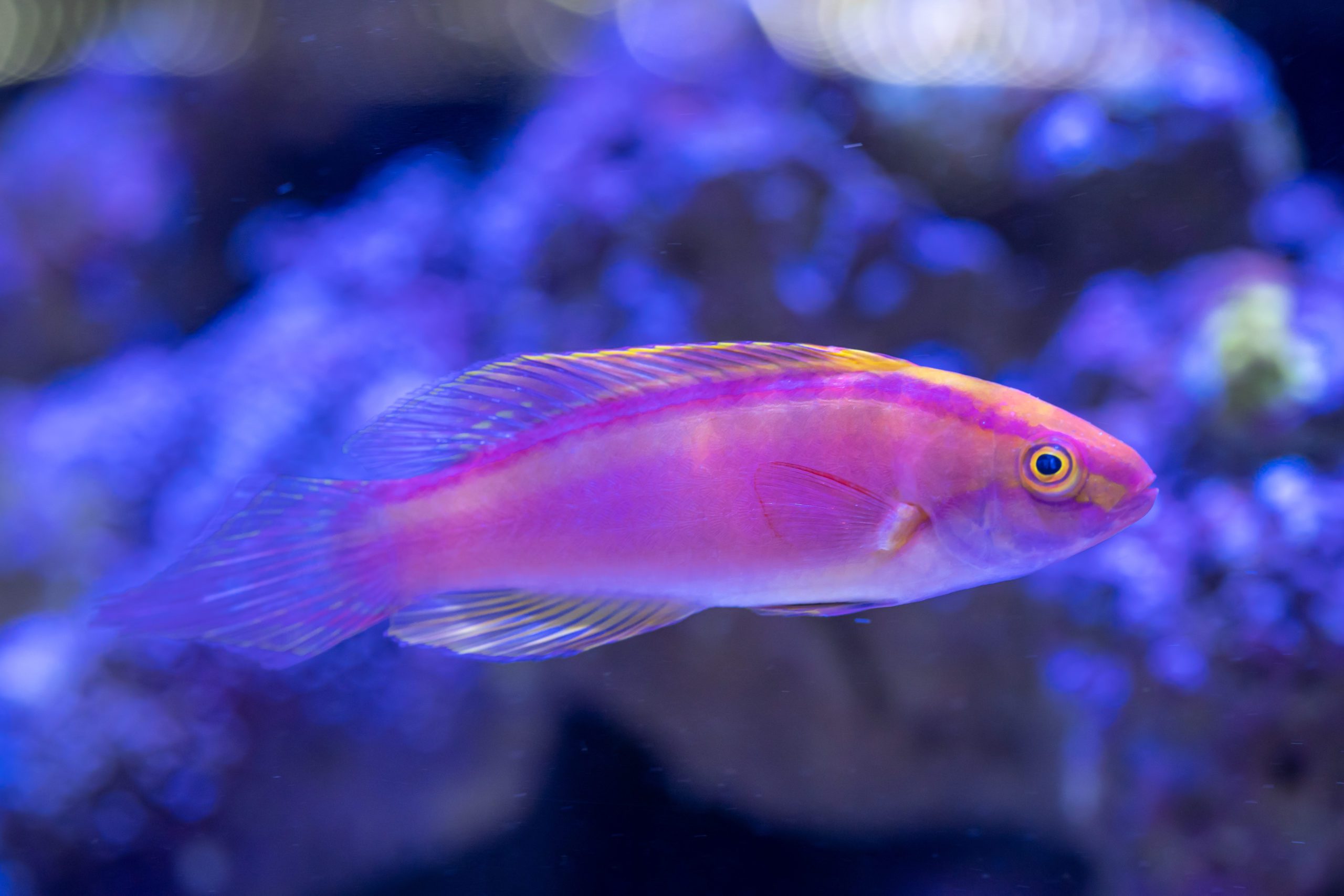
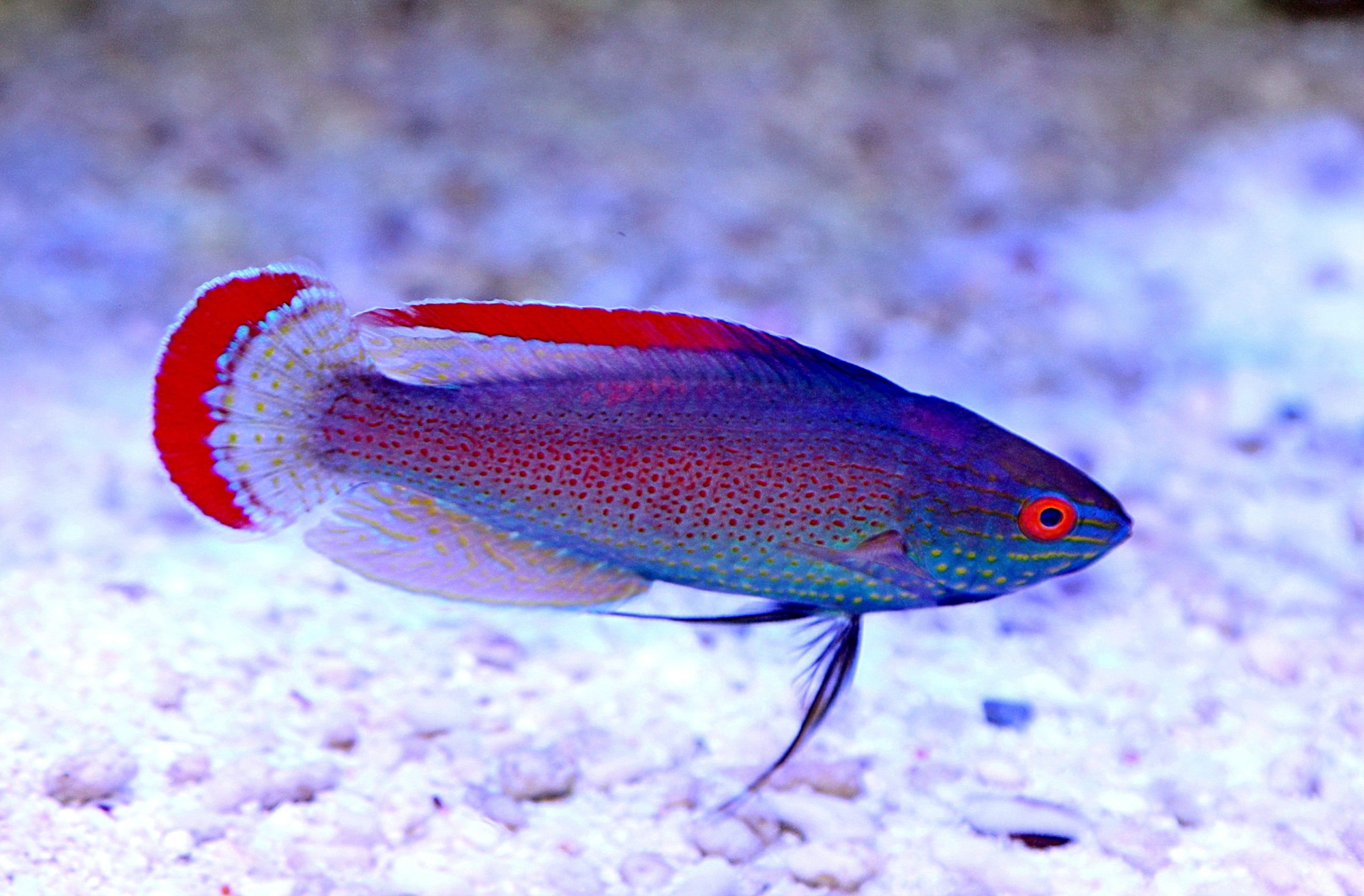
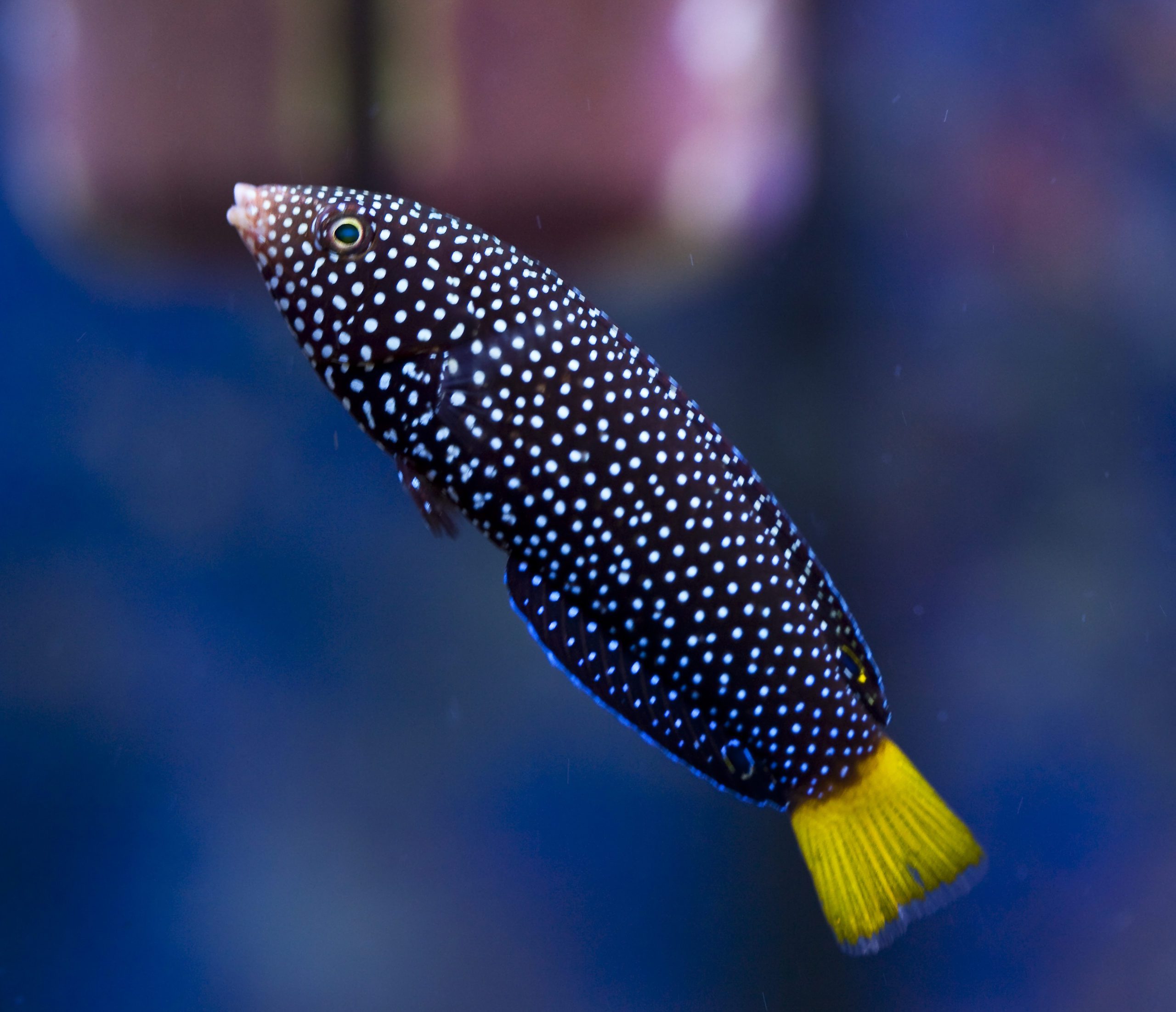
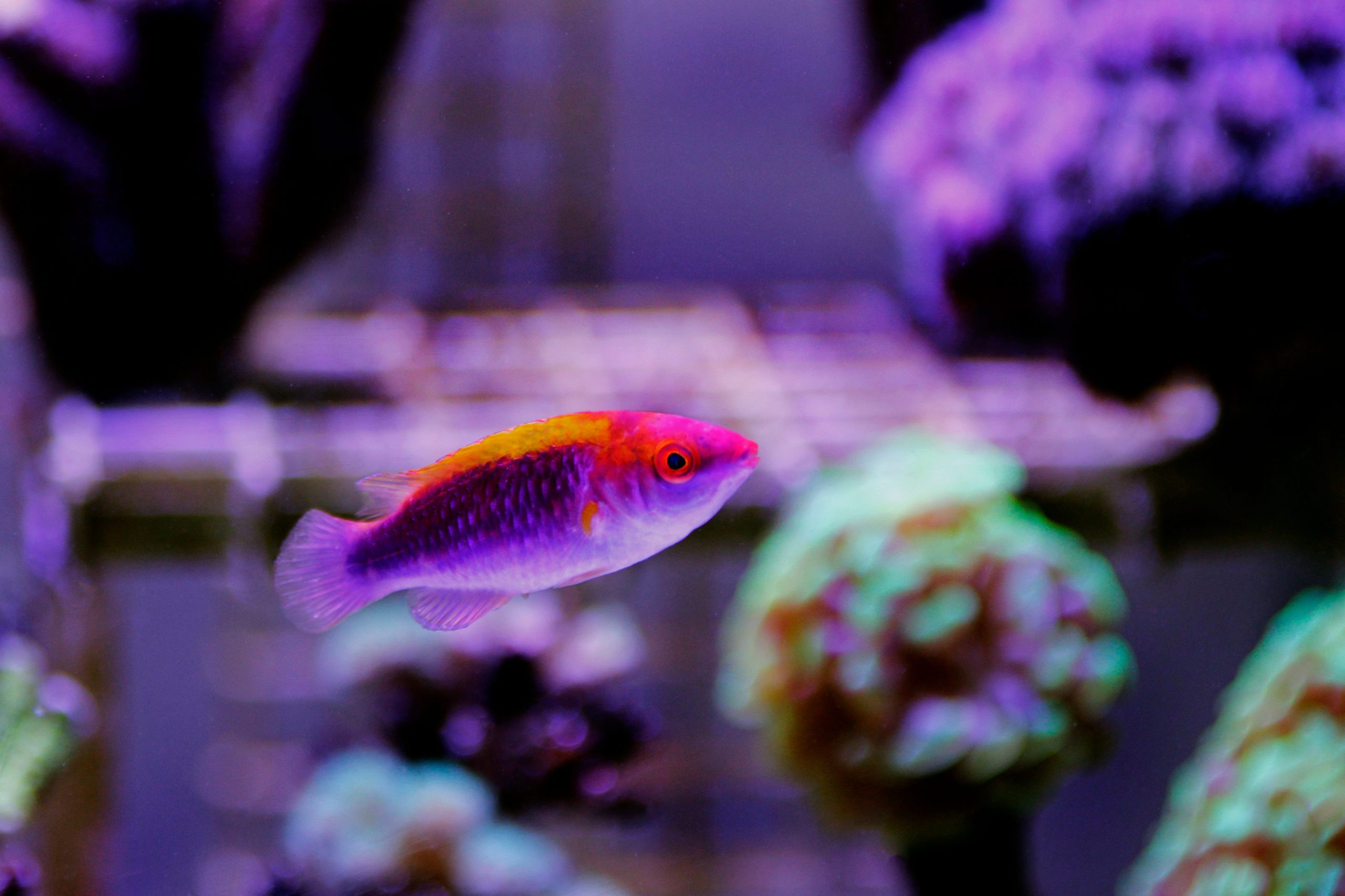

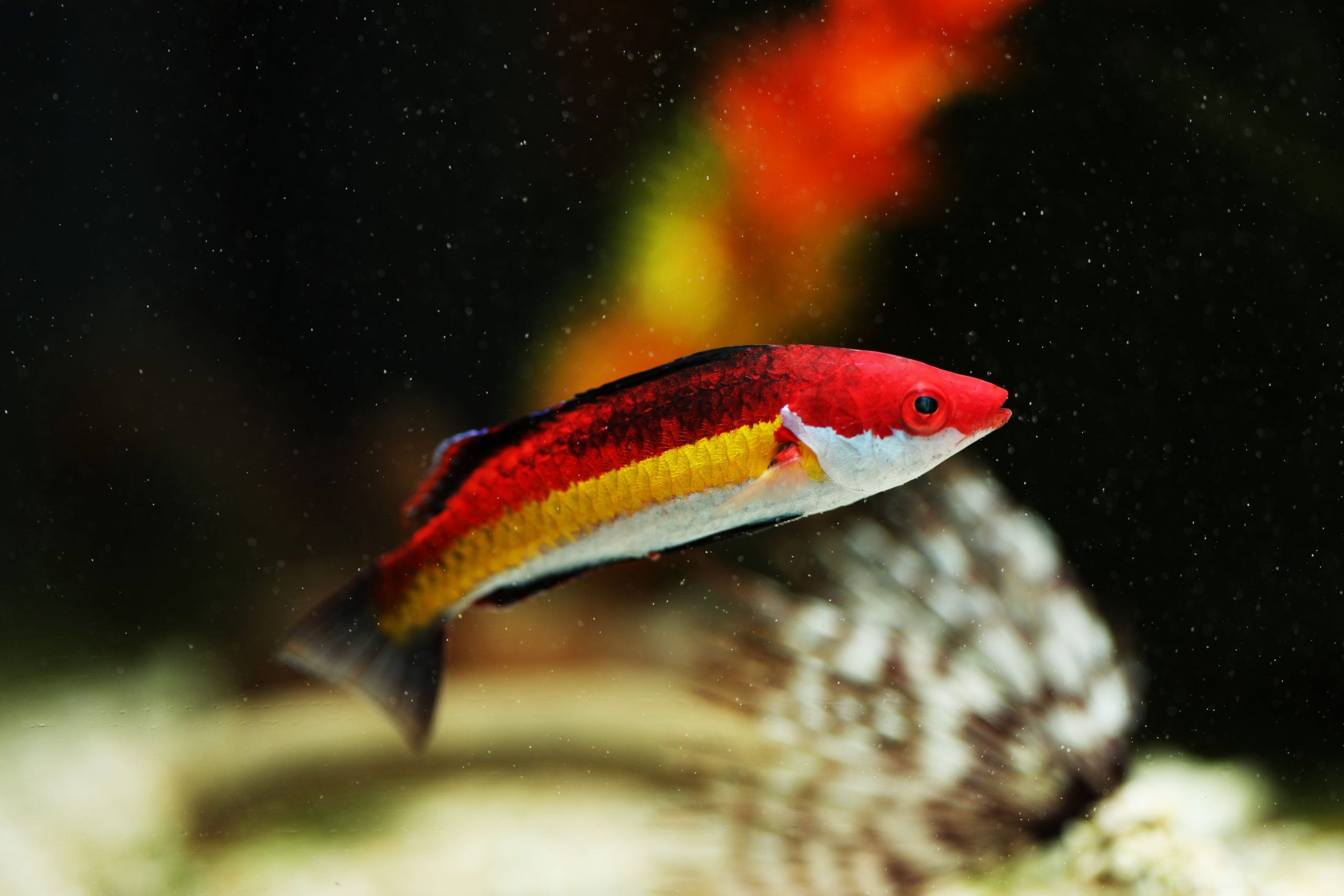
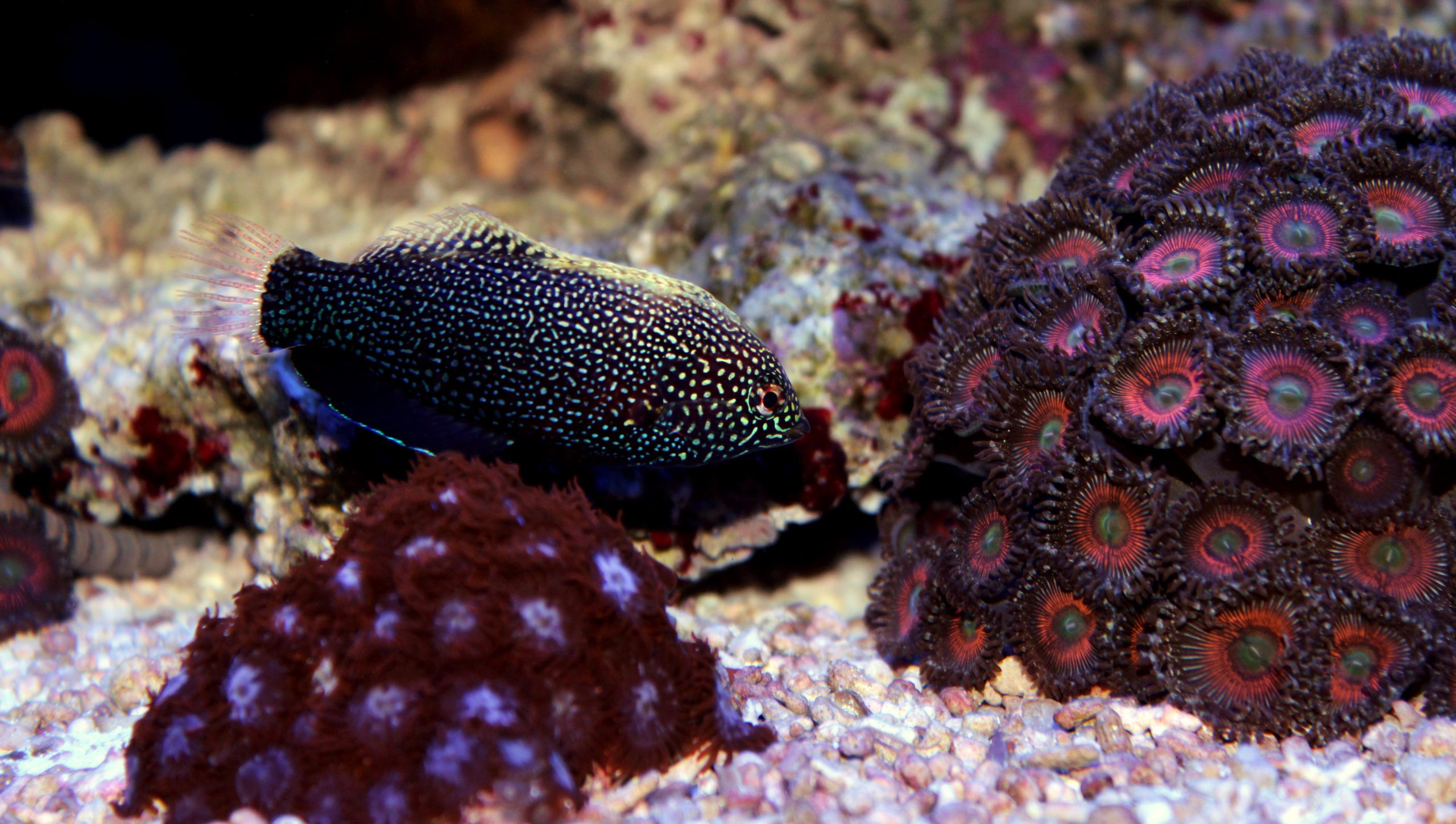


Reviews
There are no reviews yet.